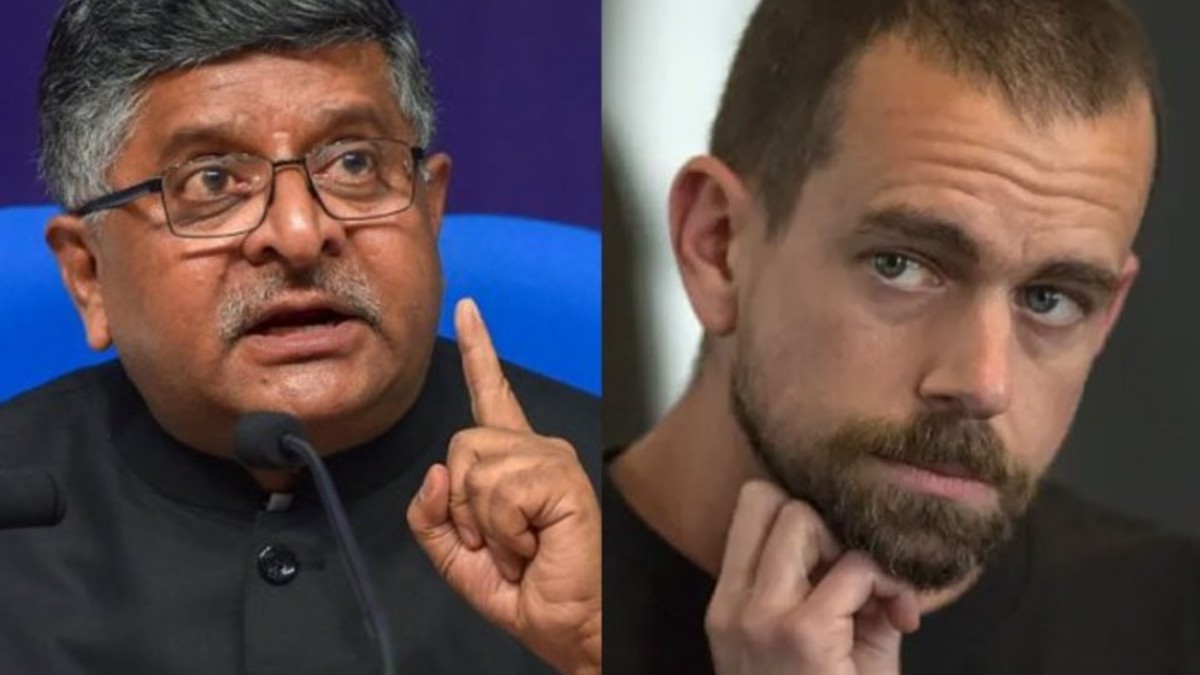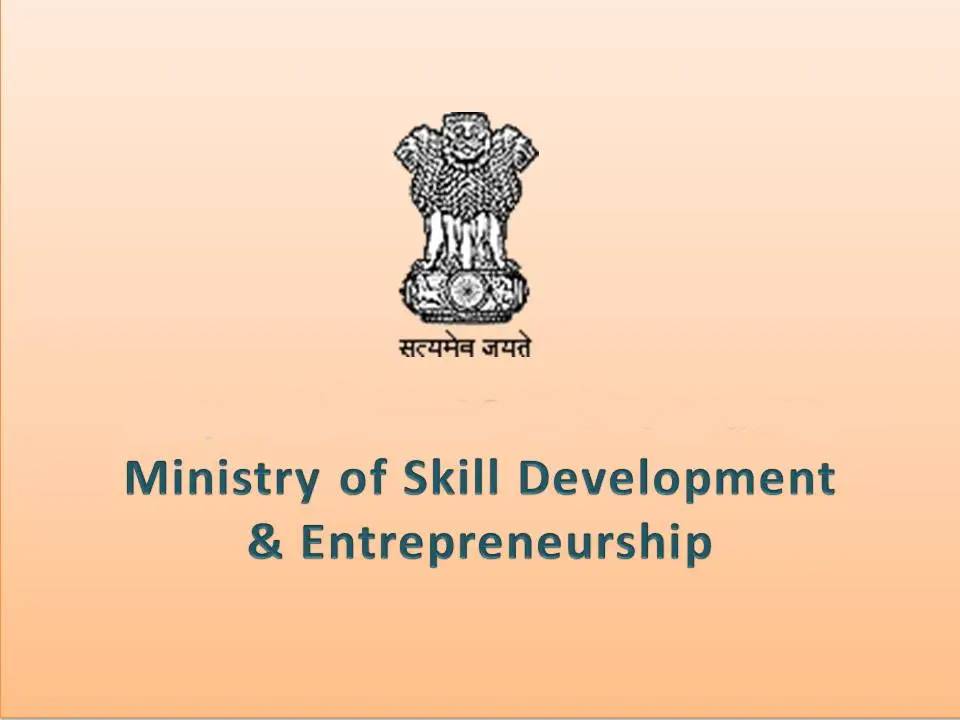Close on the heels of Twitter India only partially complying with government orders to remove tweets over protests by farmers over the new farm laws, India has joined several other countries to regulate Big Tech.
The Indian government has come out with new IT guidelines, asking the social media platforms like Facebook and Twitter to remove the contents that are false, misleading and defamatory in nature, on the directions of government and legal authorities.
The rules, a copy of it is available with this news portal, say that the social media companies must intimate the users about removal of their content on their platforms.
“Social media platforms must have a provision for voluntary verification mechanisms of the users. If you remove the content of any social media user, you have to intimate him and also hear him,” IT Minister Ravi Shankar Prasad told reporters.
He also said double standards will not be accepted. “If there is an attack on Capitol Hill in Congress, then social media supports the police action. And if there is an attack on Lal Kila, the symbol of India’s freedom, where our PrimeMinister hoists the national flag, who have double standards. This is plainly unacceptable,” he said.
The rules say that social media intermediaries should specify who is the first originator of the malafide content and who began the mischief.
“‘Who is the first originator, will have to be specified. Who began the mischief, will have to be clarified by the social media when asked by the Govt or Court,” Prasad said.
Prasad also said that the social media should give a forum for the users to solve their grievances and must inform them in a time-bound manner about the abuse and misuse of their platforms.
The rules also ask these companies to provide information and help investigations within 72 hours of a request from authorities.
Platforms must delete content depicting an individual in a sexual act or conduct, or in full or partial nudity, within 24 hours of receiving a complaint, the rules say.
Social media intermediary and significant social media intermediary should prominently publish on their site or app the rules and regulations and privacy policy and user agreement for access or usage.
The intermediaries should inform the users not to publish any information that is harmful to minors, infringes patents, or violates the law. They should also inform them to not post any content that threatens unity, integrity, defence, security or sovereignty of India, friendly relations with foreign states.
The intermediaries should also inform users at least once every year on their non-compliance with rules and regulations, privacy policy or user agreement for access or usage of the computer resource of such intermediary, if any.
It has the right to terminate the access or usage rights of the users to the computer resource immediately or remove it in case of non-compliance.
The platforms should appoint a Chief Compliance Officer (CCO) within three months from the date of publication of these rules. This officer will be responsible for ensuring compliance with the Act and rules.
They should also appoint a nodal person of contact for 24×7 coordination with law enforcement agencies and officers to ensure compliance with their orders or requisitions made in accordance with the provisions of law or rules made thereunder.
SALIENT FEATURES
Guidelines Related to Social Media to Be Administered by Ministry of Electronics and IT:
* Due Diligence To Be Followed By Intermediaries:
The Rules prescribe due diligence that must be followed by intermediaries, including social media intermediaries. In case, due diligence is not followed by the intermediary, safe harbour provisions will not apply to them.
* Grievance Redressal Mechanism:
The Rules seek to empower the users by mandating the intermediaries, including social media intermediaries, to establish a grievance redressal mechanism for receiving resolving complaints from the users or victims. Intermediaries shall appoint a Grievance Officer to deal with such complaints andshare the name and contact details of such officer. Grievance Officer shall acknowledge the complaint within twenty four hours and resolve it within fifteen days from its receipt.
* Ensuring Online Safety and Dignity of Users, Specially Women Users:
Intermediaries shall remove or disable access withing 24 hours of receipt of complaints of contents that exposes the private areas of individuals, show such individuals in full or partial nudity or in sexual act or is in the nature of impersonation including morphed images etc. Such a complaint can be filed either by the individual or by any other person on his/her behalf.
* Two Categories of Social Media Intermediaries:
To encourage innovations and enable growth of new social media intermediaries without subjecting smaller platforms to significant compliance requirement, the Rules make a distinction between social media intermediaries and significant social media intermediaries. This distinction is based on the number of users on the social media platform. Government is empowered to notify the threshold of user base that will distinguish between social media intermediaries and significant social media intermediaries. The Rules require the significant social media intermediaries to follow certain additional due diligence.
* Additional Due Diligence to Be Followed by Significant Social Media Intermediary:
* Appoint a Chief Compliance Officer who shall be responsible for ensuring compliance with the Act and Rules. Such a person should be a resident in India.
* Appoint a Nodal Contact Person for 24×7 coordination with law enforcement agencies. Such a person shall be a resident in India.
* Appoint a Resident Grievance Officer who shall perform the functions mentioned under Grievance Redressal Mechanism. Such a person shall be a resident in India.
* Publish a monthly compliance report mentioning the details of complaints received and action taken on the complaints as well as details of contents removed proactively by the significant social media intermediary.
* Significant social media intermediaries providing services primarily in the nature of messaging shall enable identification of the first originator of the information that is required only for the purposes of prevention, detection, investigation, prosecution or punishment of an offence related to sovereignty and integrity of India, the security of the State, friendly relations with foreign States, or public order or of incitement to an offence relating to the above or in relation with rape, sexually explicit material or child sexual abuse material punishable with imprisonment for a term of not less than five years. Intermediary shall not be required to disclose the contents of any message or any other information to the first originator.
* Significant social media intermediary shall have a physical contact address in India published on its website or mobile app or both.
* Voluntary User Verification Mechanism:
Users who wish to verify their accounts voluntarily shall be provided an appropriate mechanism to verify their accounts and provided with demonstrable and visible mark of verification.
* Giving Users An Opportunity to Be Heard:
In cases where significant social media intermediaries removes or disables access to any information on their own accord, then a prior intimation for the same shall be communicated to the user who has shared that information with a notice explaining the grounds and reasons for such action. Users must be provided an adequate and reasonable opportunity to dispute the action taken by the intermediary.
* Removal of Unlawful Information:
An intermediary upon receiving actual knowledge in the form of an order by a court or being notified by the Appropriate Govt. or its agencies through authorised officer should not host or publish any information which is prohibited under any law in relation to the interest of the sovereignty and integrity of India, public order, friendly relations with foreign countries etc.
* The Rules will come in effect from the date of their publication in the gazette, except for the additional due diligence for significant social media intermediaries, which shall come in effect 3 months after publication of these Rules.
Digital Media Ethics Code Relating to Digital Media and OTT Platforms to Be Administered by Ministry of Information and Broadcasting:
The Rules establish a soft-touch self-regulatory architecture and a Code of Ethics and three tier grievance redressal mechanism for news publishers and OTT Platforms and digital media.
Notified under section 87 of Information Technology Act, these Rules empower the Ministry of Information and Broadcasting to implement Part-III of the Rules which prescribe the following:
Code of Ethicsfor online news, OTT platforms and digital media:
This Code of Ethics prescribe the guidelines to be followed by OTT platforms and online news and digital media entities.
Self-Classification of Content:
The OTT platforms, called as the publishers of online curated content in the rules, would self-classify the content into five age based categories- U (Universal), U/A 7+, U/A 13+, U/A 16+, and A (Adult). Platforms would be required to implement parental locks for content classified as U/A 13+ or higher, and reliable age verification mechanisms for content classified as “A”. The publisher of online curated content shall prominently display the classification rating specific to each content or programme together with a content descriptor informing the user about the nature of the content, and advising on viewer description (if applicable) at the beginning of every programme enabling the user to make an informed decision, prior to watching the programme.
Publishers of news on digital media would be required to observe Norms of Journalistic Conduct of the Press Council of India and the Programme Code under the Cable Television Networks Regulation Act thereby providing a level playing field between the offline (Print, TV) and digital media.
A three-level grievance redressal mechanism has been established under the rules with different levels of self-regulation.
Level-I: Self-regulation by the publishers;
Level-II: Self-regulation by the self-regulating bodies of the publishers;
Level-III: Oversight mechanism.
Self-regulation by the Publisher:
Publisher shall appoint a Grievance Redressal Officer based in India who shall be responsible for the redressal of grievances received by it. The officer shall take decision on every grievance received by it within 15 days.
Self-Regulatory Body:
There may be one or more self-regulatory bodies of publishers. Such a body shall be headed by a retired judge of the Supreme Court, a High Court or independent eminent person and have not more than six members. Such a body will have to register with the Ministry of Information and Broadcasting. This body will oversee the adherence by the publisher to the Code of Ethics and address grievances that have not be been resolved by the publisher within 15 days.
Oversight Mechanism:
Ministry of Information and Broadcasting shall formulate an oversight mechanism. It shall publish a charter for self-regulating bodies, including Codes of Practices. It shall establish an Inter-Departmental Committee for hearing grievances.





